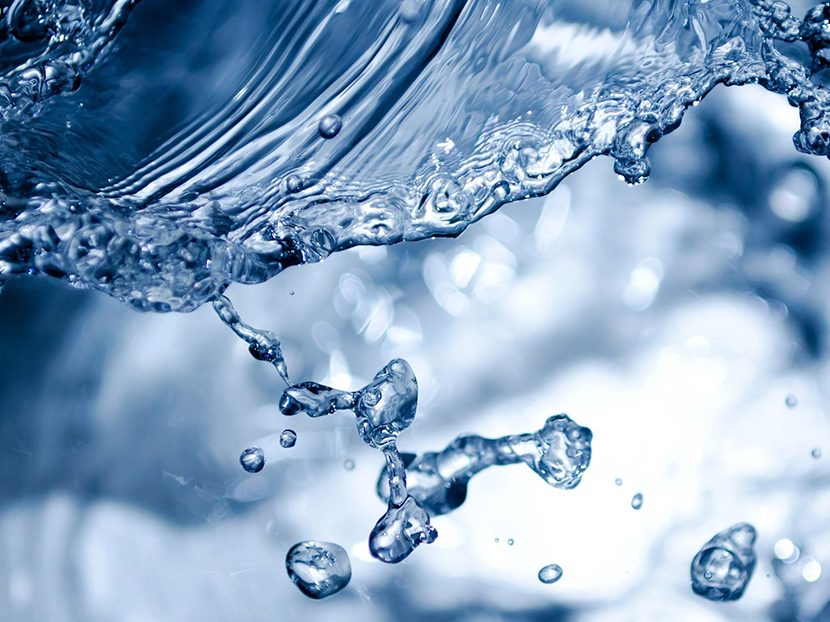ASA Responds to President Trump’s Request for EPA to Review Water Efficiency Requirements

On Dec. 9, the American Supply Association (ASA) reached out to the White House offering its guidance and input into President Trump’s order to the U.S. Environmental Protection Agency (EPA) to review water efficiency standards in bathroom fixtures. ASA has a longstanding direct involvement in water efficiency standards and has developed the following positions related to standards, codes and regulations related to water efficiency requirements for plumbing fixtures:
- ASA supports, as an Industry Partner, the U.S. EPA WaterSense Program; the program is a voluntary product listing program that develops product standards and testing programs to verify water efficiency claims.
- Significant investment is needed in research to determine the potential impact on the entire plumbing system from lowering water flow and flush volumes both from a public health and performance stand point before any further reductions are considered.
- Upgrading aging water delivery infrastructure will provide the greatest impact on further water use efficiencies.
ASA was one of a group of organizations that drove the creation of the U.S. EPA WaterSense Program which was officially launched in 2006. The program is based on product specifications designed to ensure the product provides water efficiency at a level 20 percent below federally mandated limits. The specifications are used by third-party independent certification bodies that test the products to the specifications and authorize the use of the WaterSense Label. The U.S. EPA estimates that “through the end of 2018, WaterSense has helped Americans save a cumulative 3.4 trillion gallons of water and more than $84.2 billion in water and energy bills. Additionally, the use of WaterSense labeled products saved 462.5 billion kilowatt-hours of electricity.”
There are those who are pushing at the local and state levels to even further lower requirement for flow volumes and flush volumes for plumbing fixtures beyond those limits provided in the U.S. EPA WaterSense Program. ASA is opposed to the further lowering of requirements due to the unforeseen consequences that might occur from both a public health perspective as well as impact on the overall performance of the plumbing systems. In August 2018, ASA was invited to participate in a workshop, "Measurement Science Roadmap Workshop for Water Use Efficiency and Water Quality in Premise Plumbing Systems," sponsored by the National Institute of Standards and Technology (NIST), the Water Research Foundation (WRF) and the U.S EPA.
The following key research needs resulted from the workshop:
- Water usage patterns and end uses in commercial and residential buildings as they related to system design and pipe sizing
- Impact of piping material, design, and installation on the long-term condition of the plumbing system (potable and waste)
- Impacts of water use/flow rate/water velocity/residence time on water quality, biofilm and scale growth.
The plumbing system is a complex system and further reduction in flow rates and flush volumes leads to increased water residence time in the piping and decreased flows for removing waste. An increase residence time provides increased opportunity for the growth of Opportunistic Premise Plumbing Pathogens (OPPPs). It has been estimated that the annual cost of diseases caused by OPPPs is $500 million. For the period 2001–2012, the estimated cost of hospital admissions for nontuberculous mycobacterial pulmonary disease, the majority caused by M. avium, was almost $1 billion. OPPPs are normal inhabitants of drinking water—not contaminants—that share a number of key characteristics that predispose them to survival, persistence, and growth in drinking water distribution systems and premise plumbing.
Finally, the American Society of Civil Engineers, in its most recent Infrastructure Report Card, notes the following:
"While water consumption is down, there are still an estimated 240,000 water main breaks per year in the United States, wasting over two trillion gallons of treated drinking water. According to the American Water Works Association, an estimated $1 trillion is necessary to maintain and expand service to meet demands over the next 25 years."
Based on these figures, ASA feels the country should focus on ensuring adequate funding is provided to rejuvenate the drinking water delivery system, and further reduction in water use lies in a commitment to funding and infrastructure improvements to the drinking water supply system.




